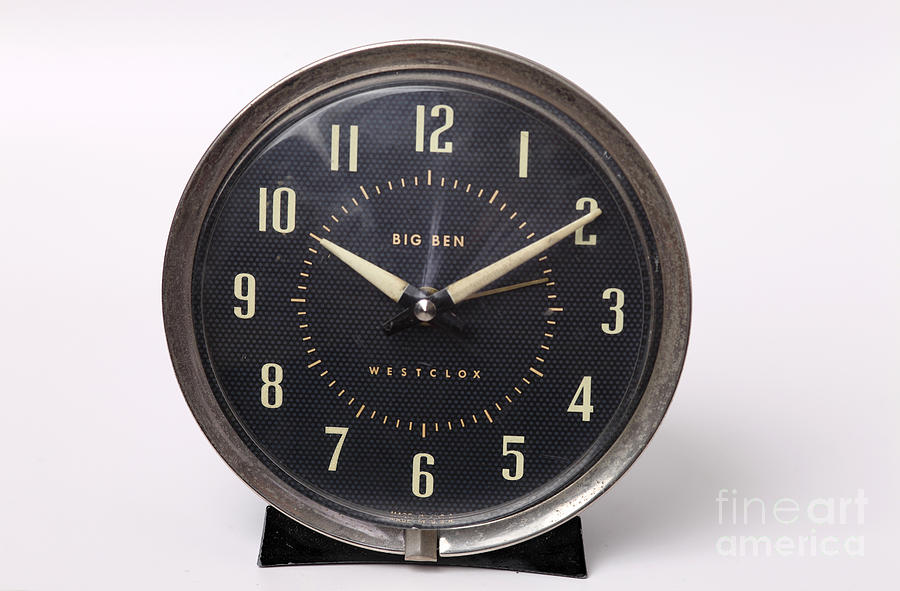


But tritium does normally develop a lovely patina over the years-a trait that Rolex collectors appreciate. It is important to note that tritium has a half-life around 12 years as a result, vintage watches with radium on the dial typically do not glow anymore. Rolex used tritium on its dials until the mid-1990s. Like radium, tritium is also self-luminous, however, it is a low-grade radioactive material, therefore not nearly as dangerous. To replace radium, Rolex switched to tritium as the go-to luminescent material for its dials. Rolex radium dials manufactured prior to the early 1960s include the label “SWISS” right under 6 o’clock. However, as we now know, radium is highly radioactive and severely dangerous. Up until the 1960s, Rolex used radium paint on its dials for legibility in the dark. Evolution of Luminescent MaterialsĪ component of the dial that Rolex collectors are particularly interested in is the luminous material. Diamond-paved dials are manufactured slightly differently, first using solid gold dial blanks, which are then set with diamonds by hand. The appliques, which include hour markers and the Rolex crown, are always made from gold and sometimes filled with luminescence. Once the right color is complete, text is then pad printed (also known as tampography) onto the dial and dried for a few hours to get ready for the appliques. And finally, Rolex also uses Physical Vapor Deposition (PVD) to color some of its dials. Electroplating is used for metallic shades like silver, gold, and rhodium. Lacquering is typically used for black, white, blue, green, and opaque colored dials. Rolex uses three distinct techniques to add color to the brass dial blanks depending on the shade it wants to achieve. It may come as a surprise to some, but Rolex uses five vintage engine-turning machines updated with computerized modules to carry out intricate guilloché dial decoration. Then, depending on the design, the dials blanks undergo different processes.įor decorative dials, an automated diamond-tipped tool meticulously carves a pattern into the surface. Most Rolex dials start off as a long strip of brass where circular pieces are cut out to make the dial blank, complete with any necessary holes (for the hands and calendar windows, for example). The Swiss watchmaking giant employs a mix of high-tech machinery and traditional techniques by hand to develop the final product. Today, Rolex makes all dials entirely in-house at one of its four factory sites in Switzerland. So we’ve put together a comprehensive guide to Rolex dials to make choosing the right one a little easier. More than just a pretty face, there’s much to learn when it comes to Rolex dials.

Even when dealing with the same model reference, two different dial options can set the watches apart by thousands of dollars. Aside from personal taste, when collecting vintage Rolex watches, dials become even more important. It is in the dials where we see the most variety among Rolex watches. Rolex has been known to stick to the same fundamentals when it comes to case and bracelet designs, but the brand does let its hair down when approaching dial styles. It’s like a pair of shoes-the right one makes the outfit while the wrong one destroys the overall look. The face of a watch, also known as the dial, is arguably the most important aesthetic components of a watch.


 0 kommentar(er)
0 kommentar(er)
